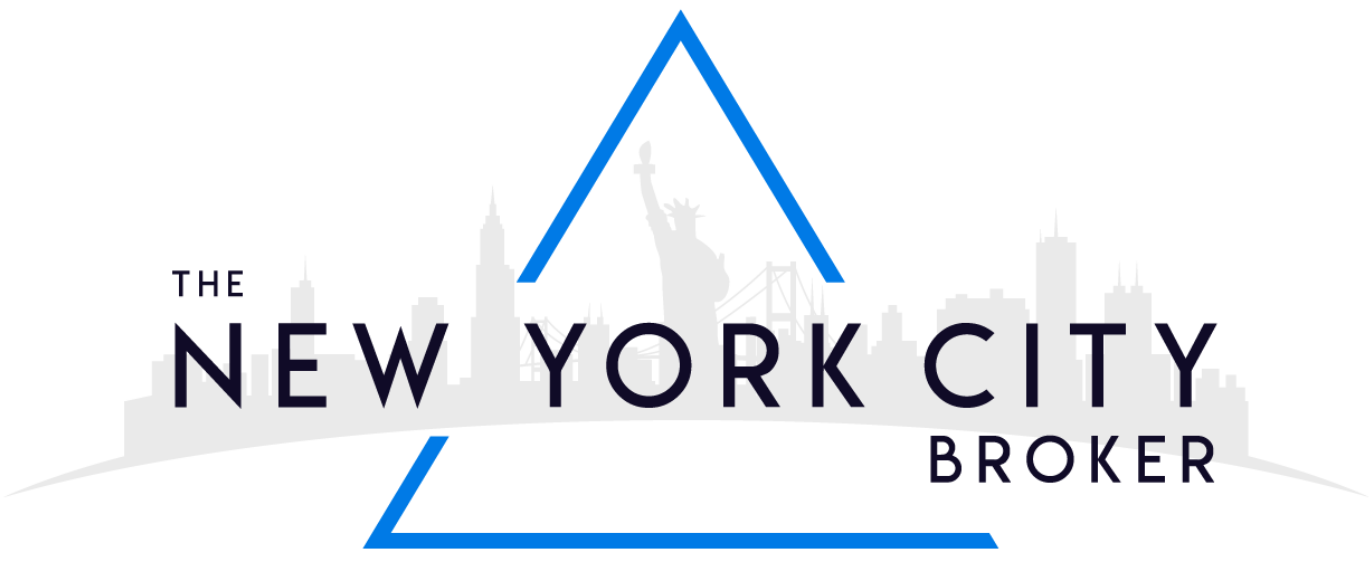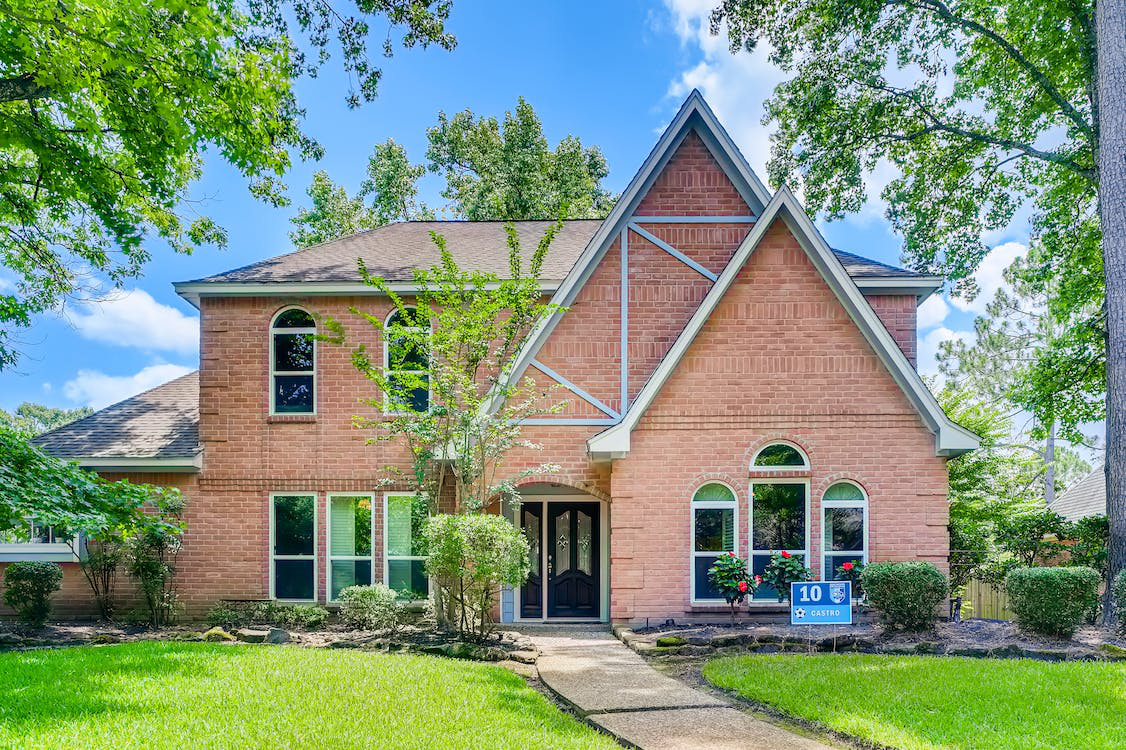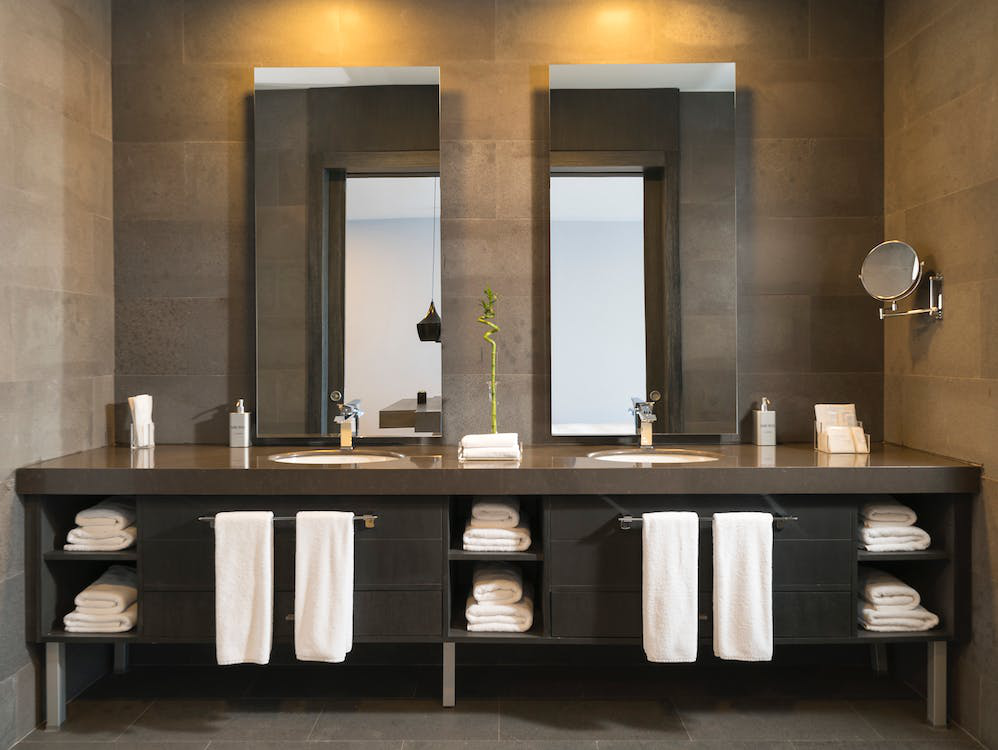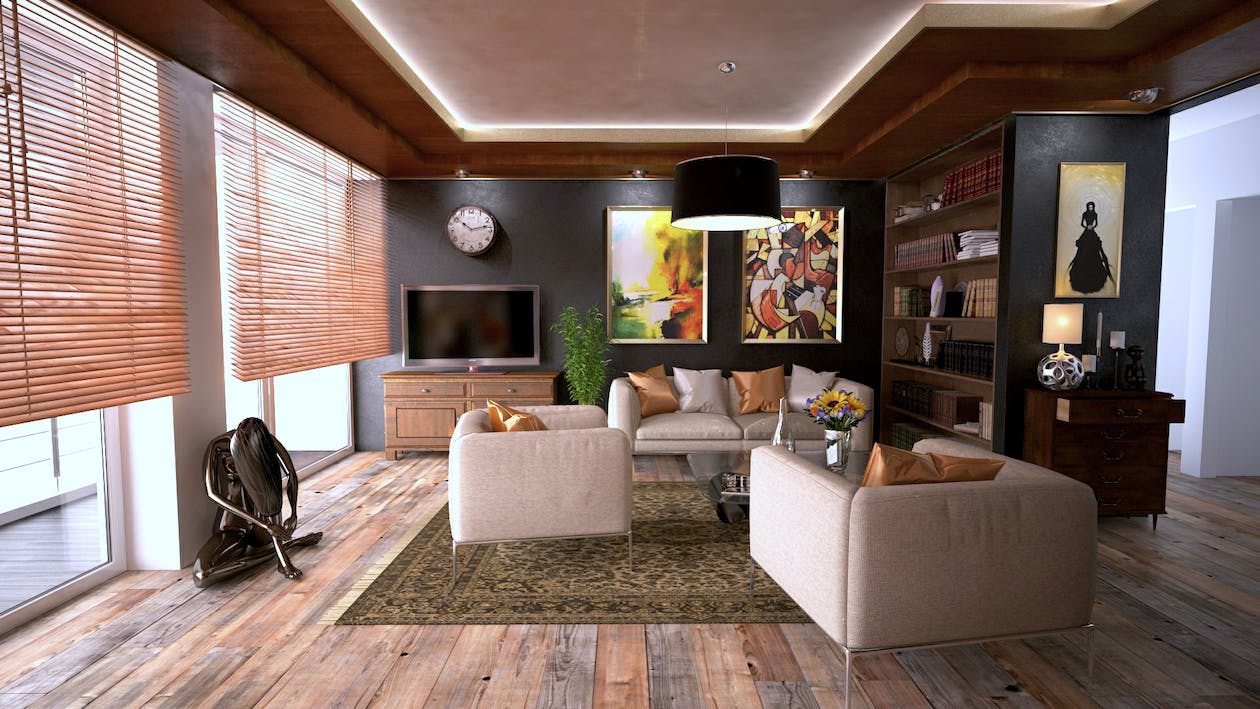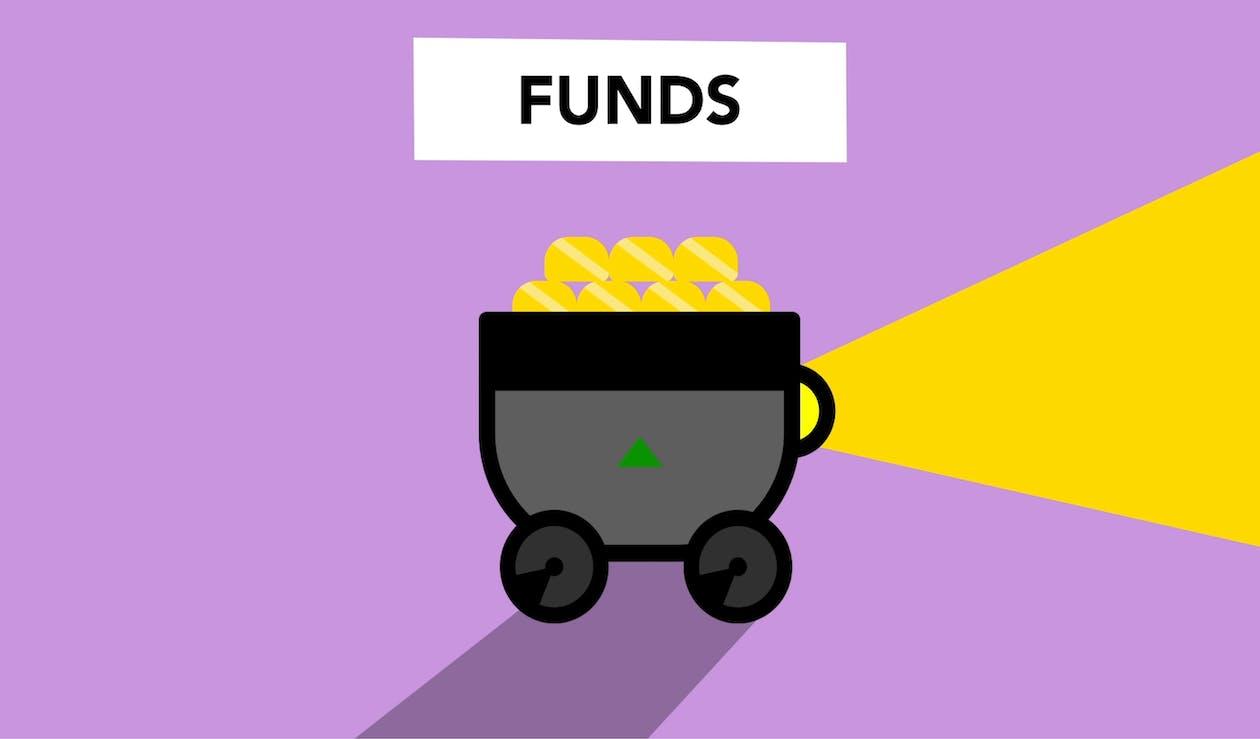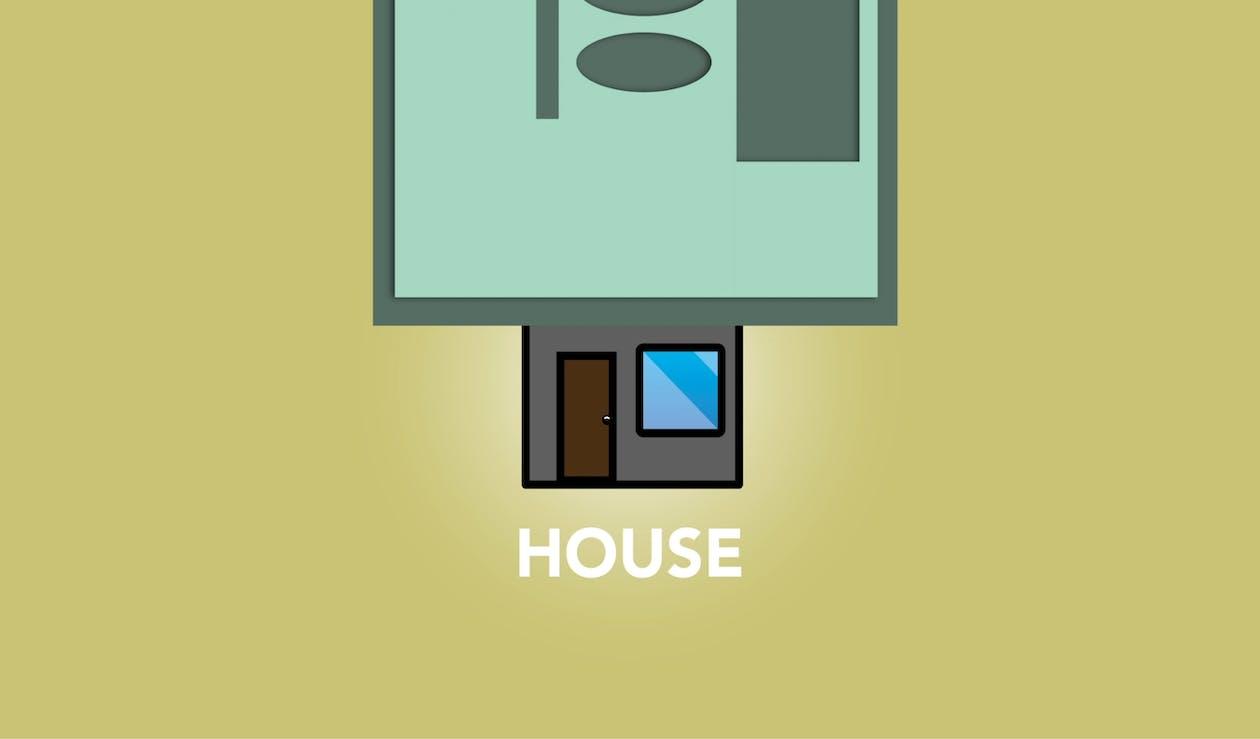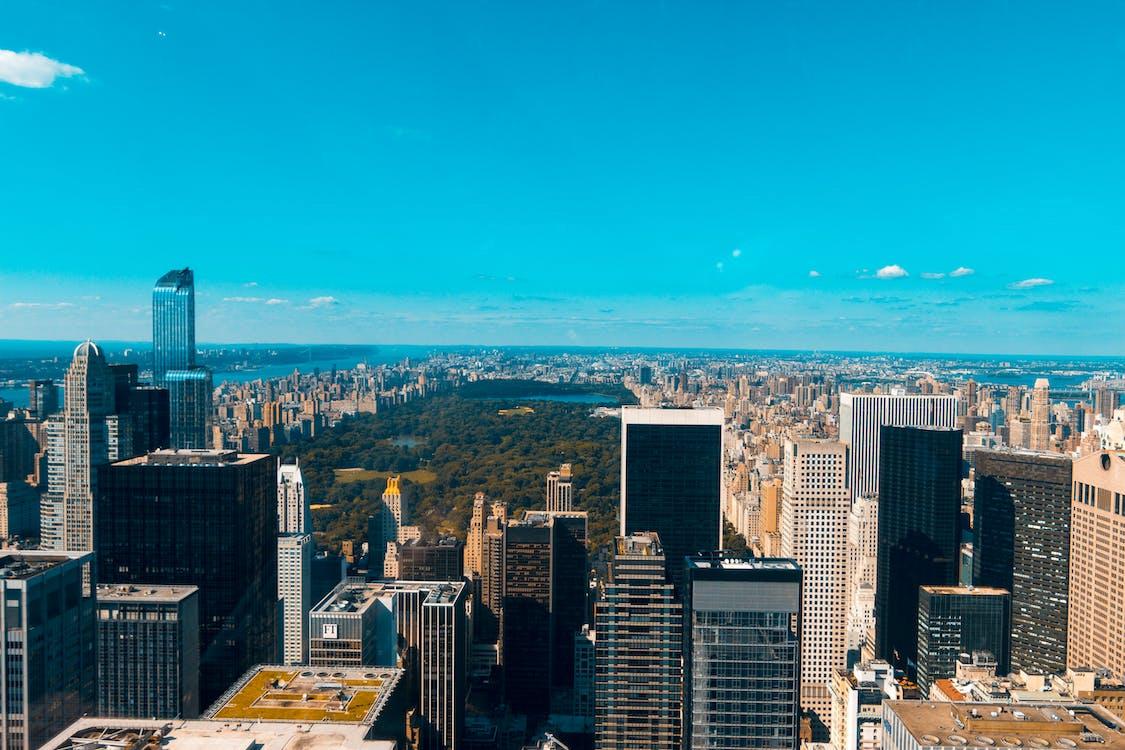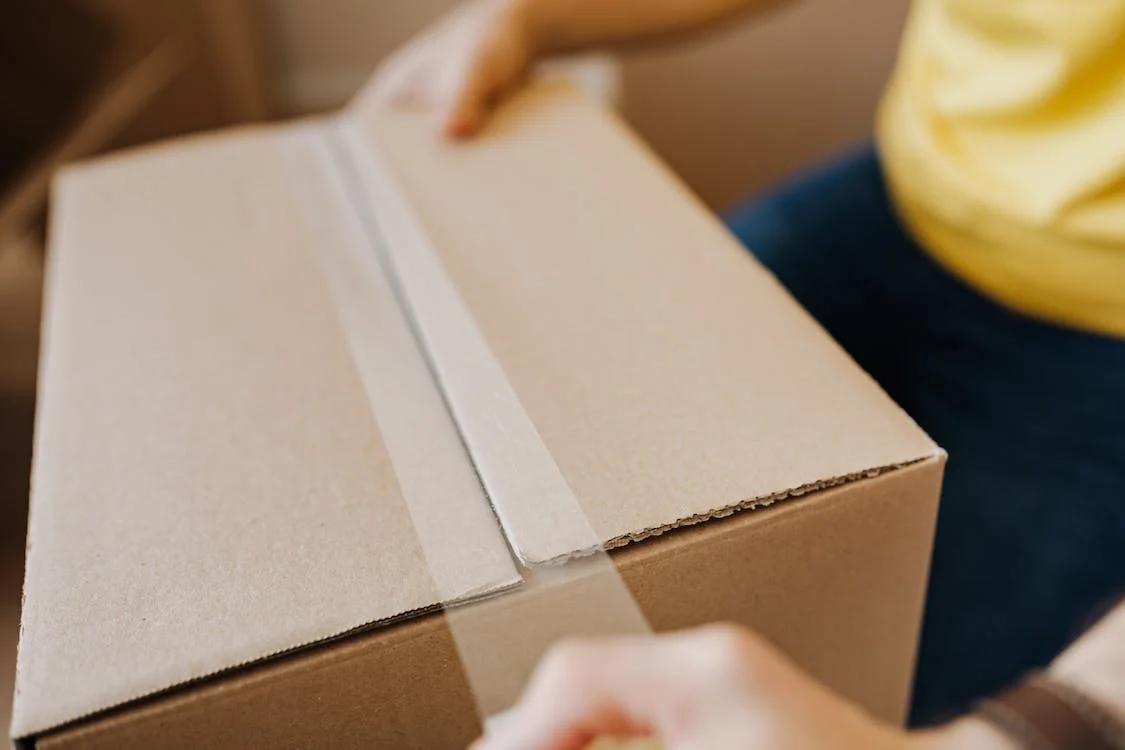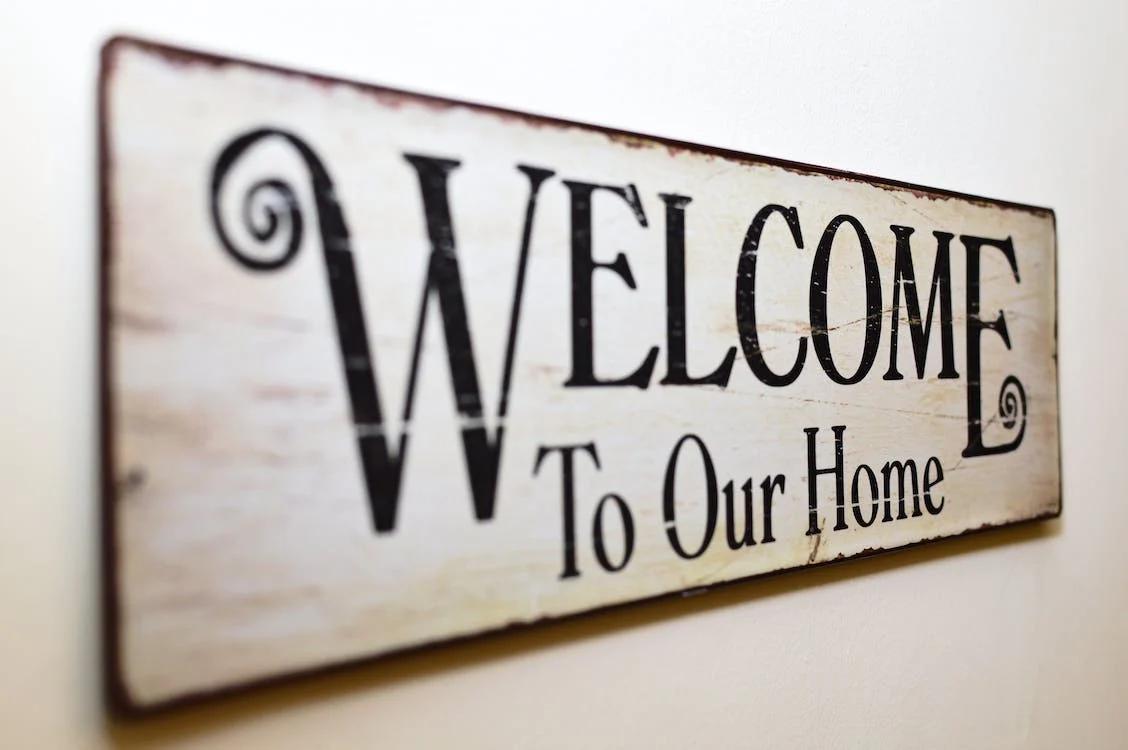Your lifestyle choices reflect your care for the environment just as strongly (if not more) as your statements and arguments. These choices can permeate every aspect of your life, from transportation to where you shop. You can also make an environmentally conscious choice for your residence by choosing an NYC co-op or condo building that incorporates some or all of the following features. Many of these features are naturally concentrated in NYC LEED-certified buildings.
Natural Light and Green Roof
The more natural light that has been incorporated into a building, the better. It reduces your daytime indoor light use. If you or other family members spend a lot of time indoors, especially during the day or full days on weekends, then taking in sunlight in your own home can be a factor worth considering when you are buying in NYC.
Green roofs are another important sustainability feature in a building. These roofs tend to absorb rainwater and allow the Big Apple’s concrete jungle to fight the heat island effect by providing adequate insulation so less heat gets absorbed by the structure. Note that a green roof is more than just a rooftop garden, and the city has specific requirements a building has to comply with for its roof to be considered green. Rooftop gardens and green roofs are also desirable sustainability features in an NYC building.
Renewables (Solar and Wind)
The use of renewable power sources like solar and wind can minimize your building’s grid energy requirements and, by extension, the emissions it contributes to. It was even incentivized by the government with a tax break, though it’s ending soon (by the end of 2023). Solar water heating is another compelling feature though it has yet to gain traction in NYC. Small wind turbines are allowed on NYC buildings with limited power output constraints, so their contributions to the electricity consumed in the building may be relatively low, but it’s a green feature, nevertheless. Some buildings in NYC are also using renewable geothermal energy.
Water and Wastewater
LEED certification of a building also relies on how it handles water consumption, treatment, and rain/stormwater. A building gets points on both the quantity and quality of stormwater storage and management in NYC. An example would be Hudson Yards which has a 60,000-gallon water tank (and other smaller tanks) to collect, process, and reuse rainwater. Water-efficient plumbing can also reduce the amount of potable water used in a building. Even though it’s rare, you can also look for a more comprehensive water recycling system that processes wastewater to be reused for flushing, cooling towers, and gardens.
Construction
If you are planning on buying an apartment in a renovated building, you may consider looking into their approach to preservation. The renovations that focus on retaining most of the original construction elements significantly reduce emissions associated with new construction. Environmentally-conscious developers also focus on using recycled construction materials and ethically sourced materials, including wood that has been sourced from ethical and certified eco-friendly sources. Using locally sourced products is also desirable as it reduces the carbon footprint of the construction material associated with transportation.
Low-Emitting Materials
Low-Emitting materials used in the construction and interior of the building are also LEED certification criteria. The basic criteria for a low-emitting material is that it doesn’t release any or releases very small amounts of pollutants in the air. This includes stone, glass, and untreated solid wood. LEED has specific requirements for a wide range of building materials to be low-emitting, including paint (at least 75%), adhesive/sealants (at least 75%), and flooring and ceiling (both at least 90%).
Air Quality
Sustainable and enc-friendly buildings focus on providing good indoor air quality using systems like Energy Recovery Ventilation (ERV) that uses exhaust air to temper air coming into the building, significantly reducing the load on the HVAC system. It’s usually coupled with a Dedicated Outdoor Air System (DOAS). Another sustainable and healthy feature is the Environmental Tobacco Smoke (ETS) Control system and policy in the building, which significantly reduces the risk of passive smoking.
Energy Efficient Design and Good Energy Star Score
Energy-efficient design covers several aspects of a building, including its appliances, light fixtures, and heating and cooling systems. Eco-friendly, LEED Certified buildings also tend to focus on strict refrigerant management for HVACs. Smart climate controls also ensure efficient use of energy diverted to heating or cooling living and common spaces. Energy Star is a benchmark score for the energy efficiency of a building, which gives a grade between A and D. A building with a high Energy Star score is more desirable from an environmental perspective.
Zero Waste Approach and Recycling
Zero Waste is an initiative/a pledge by the NYC government that encourages residents to recycle and reuse products, ensuring that as little waste is destined for landfills as possible. Many buildings have incorporated recycling into their construction and waste management.
Passive House
A passive House is a building standard that follows relatively stringent sustainability practices. Certification requires a building or independent housing unit to reduce its heating and cooling energy by 90% and overall energy use by 75%. It has yet to gain traction in New York. In 2019, the first high-rise building got its passive house certification in NYC.
Alternative Transportation Features
Transportation is one of the main causes of emissions. Eco-friendly buildings should incorporate features to encourage environmentally-friendly transportation, like EVs (with charging ports) and bicycle parking and storage. LEED assigns a relatively high score to buildings with easy access to public transportation points, which might encourage its residents to use public transport instead of conventional vehicles.
